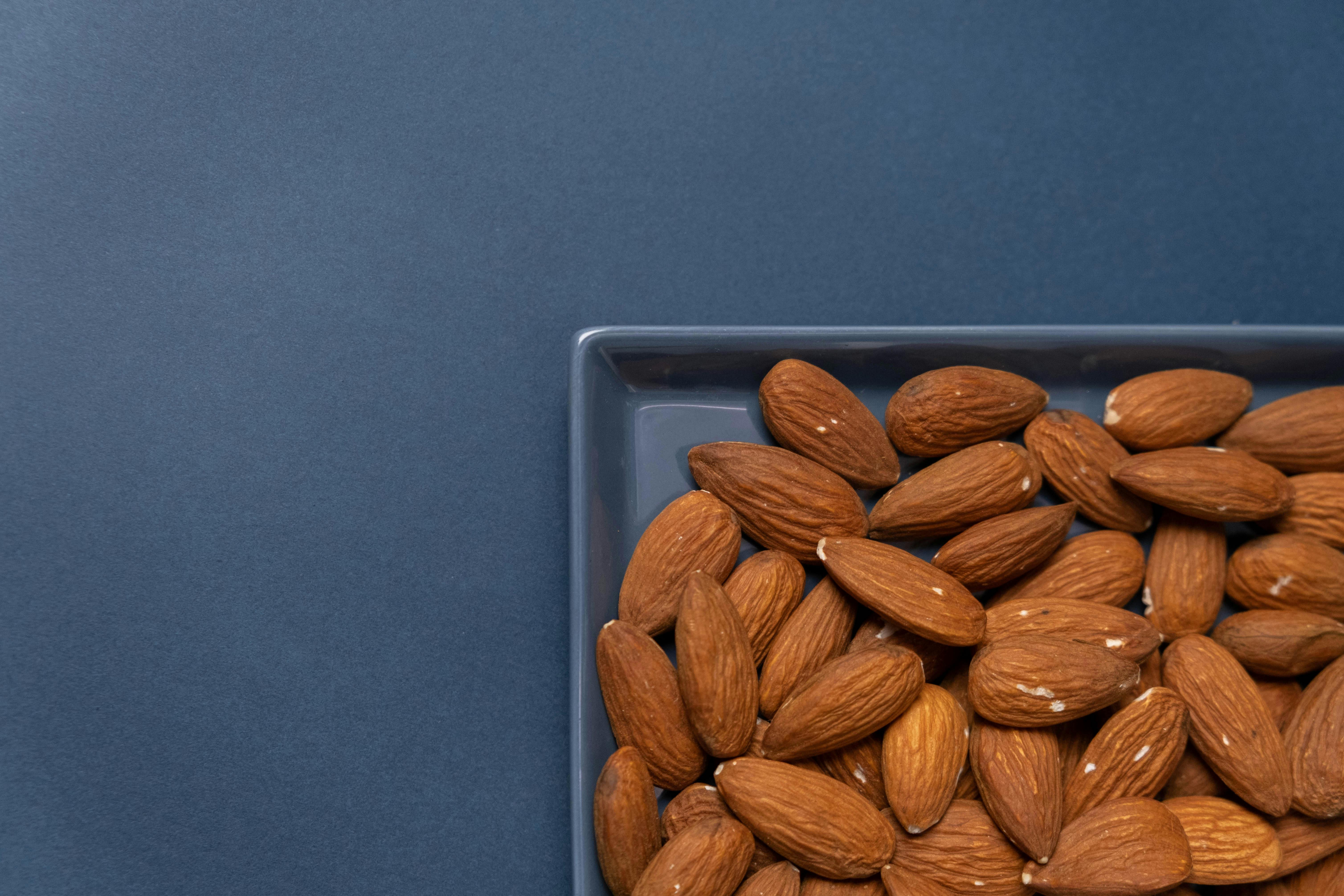Smart Ways to Enhance Your Snapping Turtle Diet in 2025

Apply Now


Smart Ways to Enhance Your Snapping Turtle Diet in 2025
Providing a balanced and nutritious diet for snapping turtles is essential for their overall health and well-being. As owners, understanding their dietary needs and habits can significantly impact their longevity and behavior. Snapping turtles are omnivorous creatures, meaning they thrive on a diverse diet consisting of both animal proteins and plant matter. This article will explore various food options, feeding techniques, and nutrition tips to ensure your snapping turtle receives the best possible care. With their unique feeding habits and preferences, creating a suitable diet that meets the essential nutrients required by snapping turtles is crucial. This guide will cover what snapping turtles eat in various environments, suitable foods for their dietary needs, and even tips on transitioning them to new diets. By prioritizing a well-rounded diet, turtle enthusiasts can contribute to improving their pets' gut health and overall happiness. Let's dive into the components of a rich snapping turtle diet and how to implement these feeding strategies effectively.Understanding Snapping Turtle Dietary Needs
Building a solid foundation for meeting your snapping turtle's nutritional demands starts with understanding their dietary needs. A well-structured diet will encompass a variety of ingredients, including animal proteins, plants, and commercial foods designed for snapping turtles.Essential Nutrients for Snapping Turtles
Snapping turtles require a mixture of proteins, fats, and carbohydrates, along with essential vitamins and minerals. A high protein diet is crucial, particularly for growing juveniles. Sources such as freshwater fish and insects can provide the necessary protein. Additionally, calcium is critical for bone health, making it imperative to include calcium-rich foods like leafy greens and commercial supplements. Moreover, incorporating a variety of plant matter not only helps in providing dietary fiber but also creates an engaging feeding experience. The diversity in diet should include aquatic plants and safe fruits, allowing turtles to exhibit natural foraging behavior.Common Foods for Snapping Turtles
A well-balanced diet should consist of fresh foods, such as insects and small fish, to mimic their natural prey. Common food options for snapping turtles include: - Freshwater fish (e.g., guppies, goldfish) - Crickets and mealworms - Leafy greens like kale and collard greens - Aquatic plants such as water lettuce and duckweed These foods can enhance not only the turtles' health but also provide stimulation by encouraging their natural feeding behaviors.Commercial Snapping Turtle Food Options
Commercial pelleted diets specifically formulated for snapping turtles can simplify feeding schedules while ensuring essential nutrients are included. These products usually contain a balanced mix of proteins, vitamins, and minerals. However, it is crucial to complement these with fresh foods. Using commercial diets should not replace fresh options entirely, as variety in their diet supports gut health and emotional well-being. Therefore, consider these commercial diets as a foundation, pairing them with high-quality live food and fresh produce.Understanding the Snap of Their Feeding Habits
Snapping turtles exhibit unique feeding habits often influenced by their environment and seasonal patterns. In warmer months, they may consume more live prey and fresh plants due to increased activity levels. Conversely, during colder months, their diet may shift towards more protein-rich foods as they prepare for hibernation. Being observant of your turtle’s eating patterns can provide insight into their preferences and help adjust their diet accordingly. Monitor for behavioral signs to ensure they are eating appropriately according to their life stage and seasonal needs.Feeding Tips and Techniques for Snapping Turtles
With a deeper understanding of dietary needs, employing effective feeding techniques can further enhance snapping turtle nutrition and overall care.Creating a Balanced Diet Plan
To develop a successful diet plan, mix various food types and rotate them regularly. A good rule of thumb is to include both animal proteins and plant-based foods at each feeding. This balanced approach will help meet their nutritional requirements. Consider incorporating seasonal foods to align with natural feeding habits. For example, during the warmer months, focus on more insects and plant materials. During colder months, integrate heartier proteins and reduce the plant matter to accommodate their slower metabolism.Feeding Juveniles vs. Adults
Young snapping turtles require a protein-rich diet as they are growing rapidly. They can be fed daily, with meals comprising approximately 80% animal protein. Adult snapping turtles, on the other hand, may adopt a slower feeding schedule and require less frequent meals. Observing their specific needs based on age and size can be helpful in preventing overeating and ensuring proper growth. When unsure, consult with a veterinarian for more tailored advice on your turtle's dietary specifics.Snapping Turtle Feeding Schedule
Establishing a consistent feeding schedule is beneficial for both the turtle and their owner. For juveniles, feeding 3-4 times a week is acceptable, while adults may thrive on a bi-weekly schedule. Consistency helps develop their feeding expectations and encourages a healthy appetite. While implementing a schedule, always ensure fresh food is provided and monitor for signs of refusal to eat. If your snapping turtle is not consuming food, consider evaluating the offered diet or consulting a professional for potential health concerns.Healthy Feeding Practices and Troubleshooting Diet Issues
Maintaining healthy feeding practices is key to ensuring snapping turtle health. Recognizing common feeding issues can help in addressing potential dietary deficiencies or aversions.Spotting Signs of Overeating
Overfeeding can lead to various health issues, including obesity and shell deformities. Be vigilant for signs such as lethargy, weight gain, or refusal to eat. If these symptoms arise, scale back portions and make adjustments to the types of foods offered. Furthermore, ensure the right balance of protein and vegetable matter is maintained, avoiding any trend towards a singular food source that may lead to nutritional imbalances.Transitioning to a New Diet
Transitioning snapping turtles to new foods requires patience. Begin by gradually mixing new items with their current diet, allowing them to become accustomed to the flavors and textures. If issues arise, consider introducing foods they are familiar with, then slowly incorporate the new options. This methodical approach helps prevent stress and ensures dietary changes are implemented successfully.Common Health Issues Related to Diet
Several health concerns can manifest from a poor diet, including metabolic bone disease and respiratory infections. Ensuring a balanced diet inclusive of the necessary nutrients can mitigate many of these risks. Frequent check-ups with a veterinarian are advisable to monitor snapping turtle health, ensuring their dietary needs are met and allowing any lingering issues to be addressed promptly.Improving Snapping Turtle Gut Health Through Diet
Gut health plays a significant role in overall turtle health. Feeding a varied diet not only facilitates better nutrient absorption but also promotes a healthy digestive system.Importance of Variety in Diet
Incorporating various foods relative to what snapping turtles might consume in the wild ensures a holistic approach to their nutrition. Feeding an assortment of proteins, vegetables, and occasional fruits keeps meal preparation exciting while promoting mental stimulation. Changing food types occasionally can also prevent pickiness and encourage turtles to explore different flavors, maintaining an optimal eating routine.Dietary Supplements for Snapping Turtles
If there's a concern regarding missing nutrients in your snapping turtles' diet, specific supplements can be beneficial. Calcium and vitamin supplements can help avoid deficiencies that may lead to health complications. Consult with a veterinarian to determine which supplements are right for your turtle. Always follow specific guidelines provided by professionals for dosage based on the turtle's size and age to avoid potential toxicity.Understanding Feeding Behaviors During Different Seasons
Recognizing how snapping turtles behave towards food in varied seasons prepares owners to adapt feeding strategies. In spring and summer, turtles may exhibit a higher appetite as they are more active and seek to build energy reserves. Keep an eye on local seasonal changes as this affects their dietary preferences. In contrast, as temperatures cool, their metabolic rates decrease, meaning less food will be required. Adjusting food offerings according to these seasonal patterns ensures optimal health throughout the year.
Homemade Diet Recipes and Food Storage Tips
For those interested in providing a homemade diet, crafting nutritious meals can be both rewarding and fulfilling.Crafting a Nutrient-Dense Homemade Diet
A simple homemade turtle diet can be created using a combination of lean proteins and fresh produce. Some effective ingredients include: - Ground fish with vegetables - Blended proteins with leafy greens - Nutrient-rich grains mixed with high-protein components Experiment with different combinations to find what works best for your snapping turtle, ensuring a balance of essential nutrients.Feeding Tips for Snapping Turtles
Practical feeding tips can enhance meal preparation significantly. Always chop food into appropriate sizes that match the turtle's age and size, thus ensuring they can consume items without struggle. It's also advisable to feed turtles in a separate area, as this reduces mess in their habitat and helps keep the feeding environment focused solely on eating. This simple practice promotes a healthier eating space and can diminish stress related to feeding.Storing Snapping Turtle Food Safely
Proper food storage is critical in maintaining nutritional value. Fresh foods should be consumed quickly, while commercial diets require secure storage to reduce spoilage. Labeling each food bag with purchase dates ensures that older items are used first, reducing waste. Utilizing frozen food options can be a viable alternative, provided they are kept in an airtight container to prevent freezer burn. Proper care increases the longevity of food supplies while ensuring your turtle's health isn’t compromised.